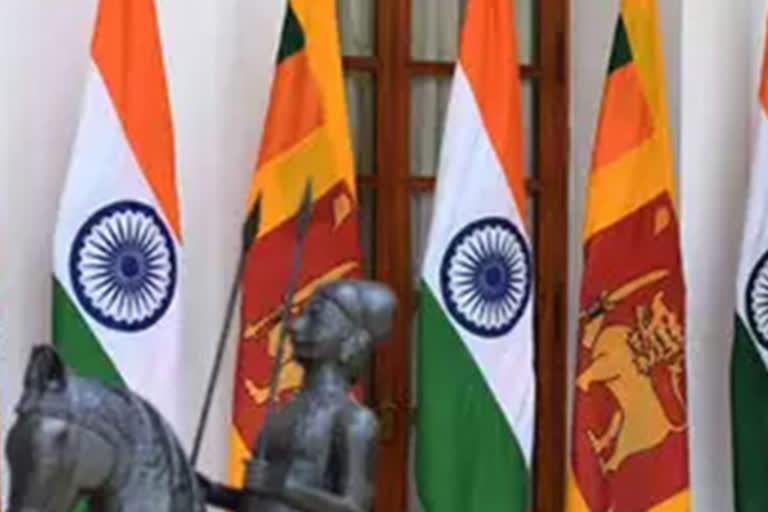New Delhi:Even as the military coup unfolded in Myanmar, two unrelated very recent developments in India’s neigbourhood have indicated that the challenges that Indian foreign policy and strategy has to face in the near future will be quite compelling.
One is in Mauritius and another in Sri Lanka—both key geographies for India’s strategic outreach and to enhance its influence in the face of a belligerent China with whom India is engaged in an ongoing nine-month-long military faceoff in eastern Ladakh.
While Monday’s Myanmar coup by the military Junta has queered the Indian pitch for the democratic movement in the country, together with Mauritius and Sri Lanka, it does present a setback to Indian foreign policy and strategy in a region where India has invested a lot of time and effort besides the money.
Mauritius
In Mauritius, China has recently activated a free trade agreement (FTA) that was inked in January 2021. It is China’s first-ever FTA with an African country that is located in an area that India considers it backyard. The move will further open up Africa to Chinese commercial forays.
On the other hand, India’s proposed FTA with Mauritius called the India-Mauritius Comprehensive Economic Cooperation and Partnership Agreement (CECPA) is yet to be finalized. Indians form the largest ethnic group in Mauritius and CECPA aims at enhancing the historical ties so as to mutually benefit both the countries in the area of trade in goods and services.
In 2019, China was Mauritius’ biggest trading partner followed by India. The Indian effort is considered to be among the foremost in a US-promoted “Free and Open Indo-Pacific Strategy” which aims at containment of China in the Indian and Pacific Ocean regions.
